Calling all aspiring scientists and chemists!!
Science is awesome, we all know that! So we’ve come up with some cool content fit for a curious family like yours. No need for lab coats and a house laboratory – your own clothes and kitchen will do just fine! Not only have we come up with kid-safe experiments to do at home, but Earth Ranger Emma also has some super science fun facts and chats in her Chemistry Corner. She’s been jumping into her lab through some of the most recent episodes of the Earth Rangers Podcast, and we’ve compiled all of our awesome experiments and info on her adventures in science here!

Listen along to do the experiments with Emma or follow the guides below!
#1
Emma learns about tiny things called polymers! You can do this awesome at-home experiment to investigate them yourself and make your very own SLIME!



#2
Emma talks about biology, the connection between mosquitoes and elephants, and why we really need to know chemistry to truly understand the living world. She’ll also introduce some really cool animals that took chemistry to the next level like these:

#3
Emma explores a really important chemical reaction that happens in many living creatures, but not in animals. It’s called photosynthesis, and it’s how plants make their own food. She will also guide you through an experiment that you can actually do at home!
In this experiment, called ‘chromatography’ – we’ll separate the green molecule that plants use for photosynthesis. This molecule is called chlorophyll– and it enables plants to use the light energy from the sun to make their own food (and ours!).
All you need is:
- a coffee filter
- scissors
- rubbing alcohol (or nail polish)
- a pen or a pencil
- a bowl with hot water
- different type of leaves (spinach or lettuce work really well, but any type of leaf is OK)
- a jar (If you want to compare between different leaves you’ll need a few jars, one for each type of leaf)
- help from a parent
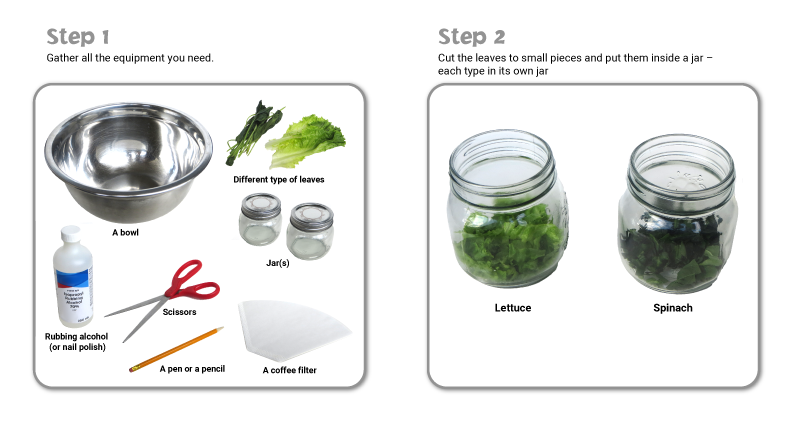
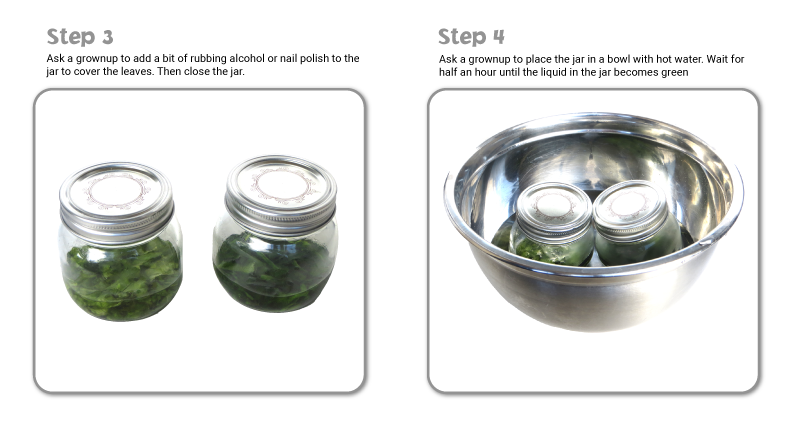
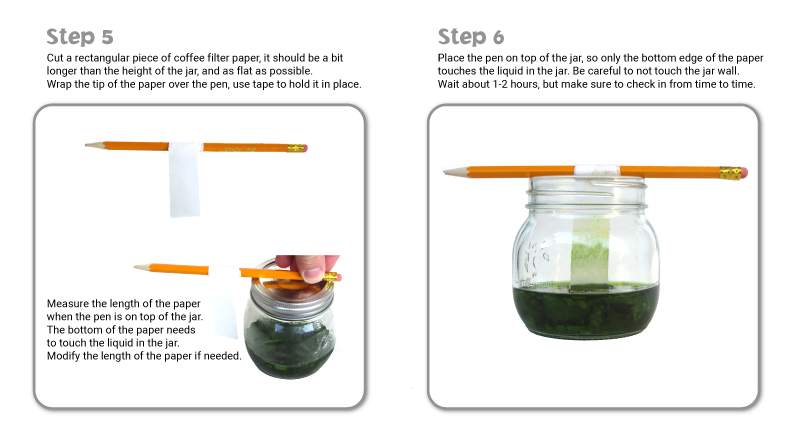
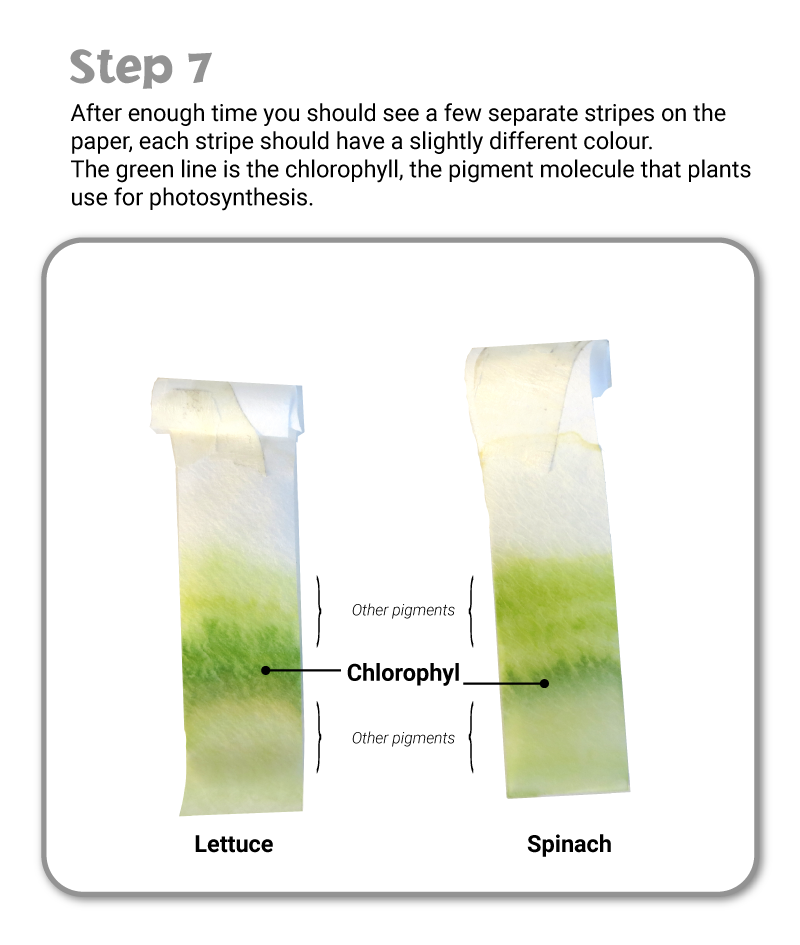
#4
Next, Emma will help you become environmental scientists, using red cabbage! Why red cabbage? It has a special molecule called anthocyanin that changes its colour according to how acidic something is.
To follow along with our colour changing experiment, follow the instructions below.
What you’ll need is:
- one red cabbage
- big pot or bowl that can contain boiling water
- liquid or water-soluble materials you’d like to examine (we recommend: lemon juice, vinegar, salt, egg white, liquid soap and laundry detergent)
- One glass half-filled with cold water and one spoon for each of the materials
- A ladle
- help from a parent
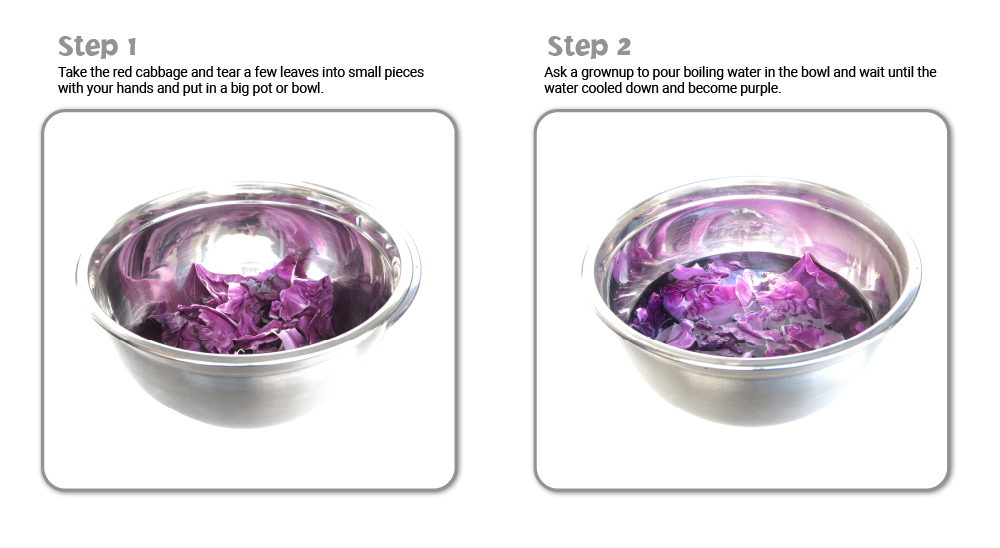
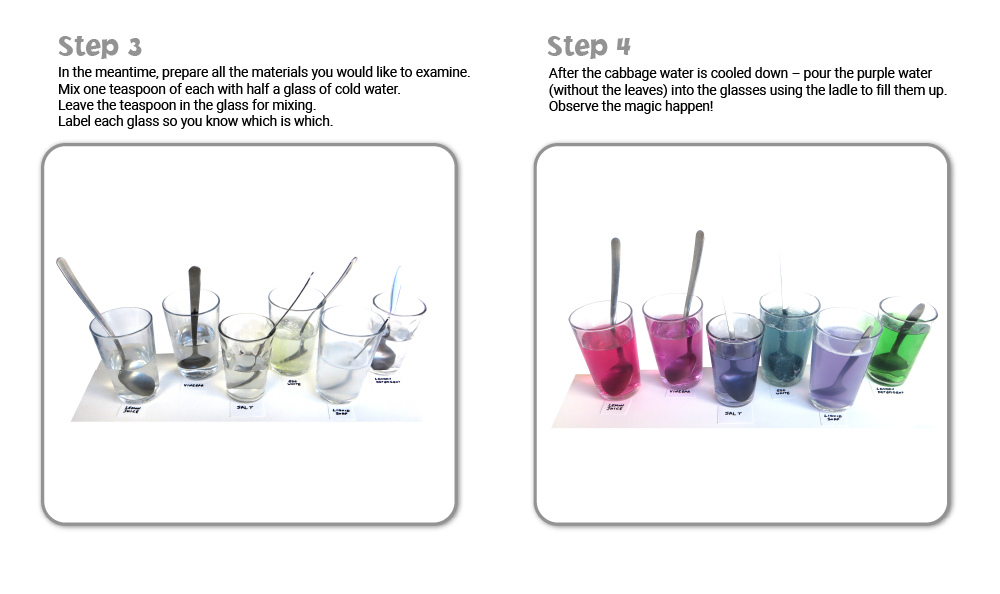
#5
Emma talks to real-life environmental chemist Professor Hind Al-Abadleh from Wilfrid Laurier University Waterloo, about how we use chemistry in order to reduce air pollution and help fighting climate change.
Professor Hind from Wilfrid Laurier University working with students in a chemical laboratory
How did your experiments turn out? We’d love to see your results. If you want to share, ask your parents to follow Earth Rangers on Facebook, Twitter or Instagram and tag your photo as
#EmmasChemistry
Generously sponsored by BASF Canada


I love it
You are doing well keep it up and I love eath raingers I saw you all at my school 2 years ago
I love it so much
Thanks to All the scientist .
And veterinarians for saving animals lives
Very good
Wow that is so good
Love it!
Hello I’m a toilet robot / jumping rope
This is so cool
I all ways wanted to be a earth ranger